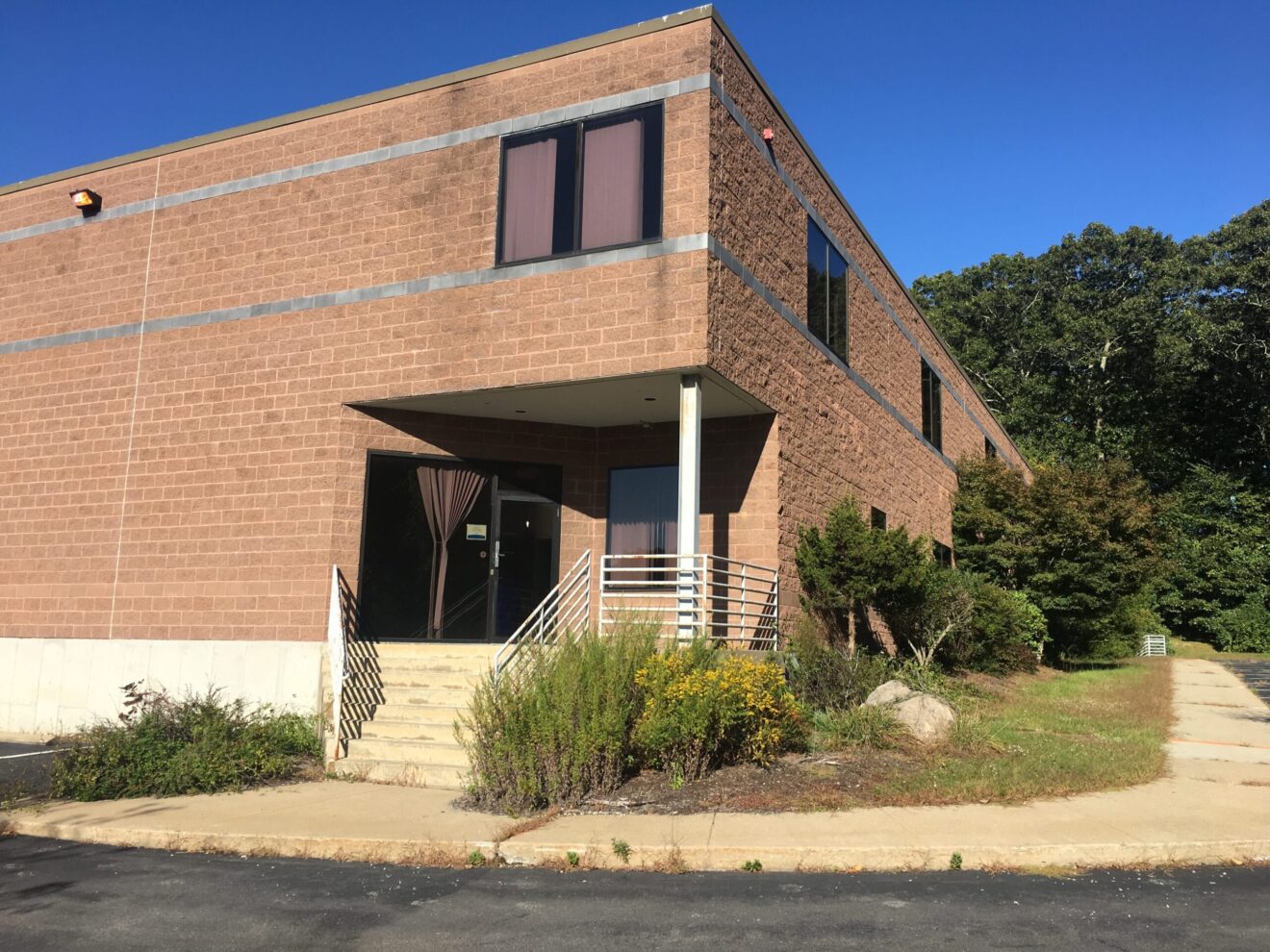EAST LYME — The Board of Selectmen proposed spending $200,000 in federal COVID relief funds to replace a roof on the new public safety building, saying the existing roof is leaking too much to allow for the police to transfer electronic equipment into the building.
The unbudgeted repair is the latest in a series of rising costs to renovate the former Honeywell office building into a public safety complex, which town voters approved bonding $5 million for in 2019, then approved last October bonding an additional $985,000 and $1.2 million in delayed FEMA payments from hurricanes Sandy and Irene.
Residents who spoke out at the meeting on Wednesday expressed frustration that the roof replacement wasn’t included in the original project, and that the original plan for repairs was based on an inadequate inspection.
Selectman Paul Dagle presented the late addition in a positive light, noting that the original cost estimate for a new roof was $370,000, significantly higher than the current estimate of $171,000.
Dagle said architects Silver Petrucelli told the vision commission two years ago that the roof had an expected life of 3 to 5 years, so at the time the commission agreed it would be better to patch the roof and replace it at a later date. He said about $30,000 has already been spent attempting to patch the roof, and that even after patching all of the leaks, there is no guarantee it would solve the problem.m
“The other factor is, the leaks are coming into the building in the IT room, so Chief [Michael] Finkelstein has delayed the installation of that IT equipment because we don’t want to put that at risk of being damaged by leaks coming in the roof,” Dagle said.
Camille Alberti, the Board of Finance chair who is running for First Selectman, disputed that the understanding was the roof would last just 3-5 years, citing a comment the architect Bill Silver made to The Day in June 2020 – a few months before the October referendum to increase the bonding – that the life of the roof could be extended “10 years or more” with patching.
Lisa Picarazzi, who served on the town’s Public Safety Building Vision Committee, said she didn’t think anyone would argue that the roof is needed, the issue is that the roof wasn’t inspected before the town purchased the property.
Picarizzi wrote a letter to CT Examiner in November 2019 to raise concerns about the town “stonewalling” attempts from the vision commission to access inspection reports, and has raised the issue of a lack of inspection at other meetings.
“If you were going to buy a house, and you had it inspected and found out it was an original roof, you would simply negotiate the purchase price of the house based on the condition of the roof,” Picarizzi said.
Silver said that the initial approach to repair and delay replacement was based on their extensive experience with school and business roofs, and there was no visible evidence from their observations that the seams on the roof were opening or that there was anything wrong with the coating, or any evidence that the metal deck was deteriorating from rust.
Silver said the architects gave an optimistic estimate of 3-5 years when asked last year how long the roof could last if it was patched up.
“That was based on not doing roof cuts, which is sometimes a normal procedure when you really want to determine the condition of your insulation boards underneath, as well as the membrane,” Silver said. “We did not take the roof cuts because there was no evidence of delamination or deterioration, the membrane was not riffling in the wind that can sometimes cause delamination or premature failure, there were just no signs of it.”
First Selectman Mark Nickerson said the plan heading into the meeting was to propose using some of the $500,000 premium the town earned by selling its bonds in the current market, which heavily favors municipal bonds. Selectwoman Rose Ann Hardy proposed using federal American Rescue Plan Act funds for the project, and using the premium to instead pay down town debt. All selectmen agreed with Hardy’s proposal.
The Board of Finance will meet next Wednesday, in part to consider the Board of Selectmen’s request, and Nickerson said he expected a town meeting on Aug. 4.

